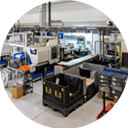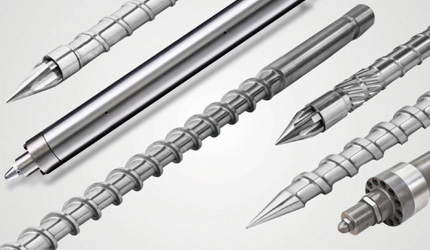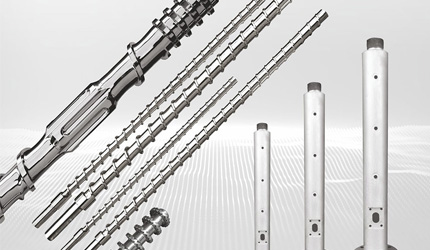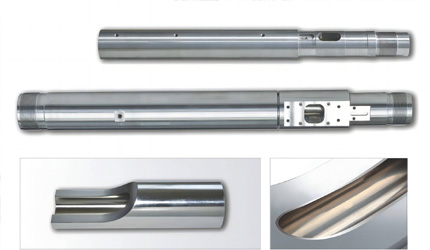Parallel Twin Screw and Barrel: Understanding the Four Main Types
Parallel Twin Screw and Barrel: Understanding the Four Main Types
What Is a Parallel Twin Screw and Barrel System
How Parallel Twin Screw and Barrel Systems Work
A parallel twin screw and barrel system has long been considered the workhorse for modern plastic extrusion and compounding lines, where it performs its duties of material conveyance, melting, and mixing. Two screws rotate inside a precision-engineered barrel and convey materials like PVC, PE, or engineering polymers. The twin motion offers stable shear and uniform temperature to ensure consistent melt quality with smooth output.
Why the Barrel Design Matters as Much as the Screw
While the screws create motion and pressure, the barrel defines the accuracy, efficiency, and durability of the screw. The surface finish, hardness, and temperature profile are the determining factors in plasticization and energy consumption. The barrels at CHUANGRI SCREW are ground to a surface roughness of Ra ≤ 0.4 µm with straightness ≤ 0.015 mm/m. The tight tolerance of the screw and barrel reduces leakage and friction, prolonging service life while maintaining high extrusion stability.
How Parallel Twin Screw and Barrel Systems Differ from Other Types
Compared to conical extruders, the parallel configuration maintains a consistent screw diameter along the length of the process. This enables higher feed volume, uniform torque transfer, and easier integration into modular feed or venting systems. Compared with single-screw designs, parallel twin systems provide better mixing and thermal balance, making them ideal for formulations with high filler or recycled material.
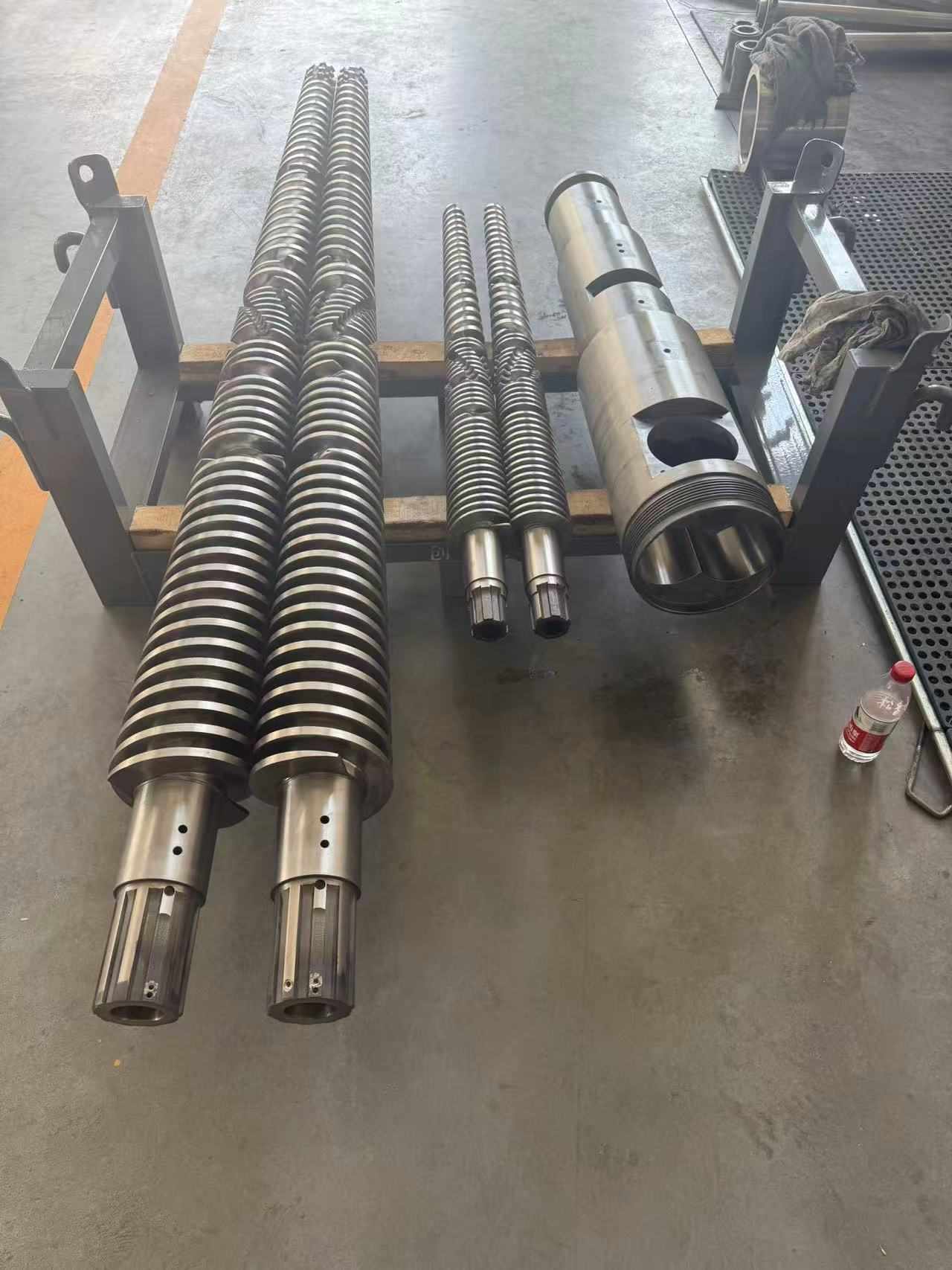
The Four Main Types of Parallel Twin Screw and Barrel Configurations
Co-rotating Parallel Twin Screw and Barrel
The co-rotating parallel twin screw and barrel is one in which both screws rotate in the same direction. It provides a self-wiping action that prevents the material from building up inside the geometry, hence allowing intensive mixing. It has several uses in compounding, masterbatch, and blending where there are pigment and additive distributions.
Counter-rotating Parallel Twin Screw and Barrel
A counter-rotating parallel twin-screw and barrel is a design wherein screws rotate in the opposite direction, developing very high compression and pressure uniformity. Because of these characteristics, it is highly suitable for processing applications in PVC pipes, SPC flooring, and WPC boards where dimensional preciseness and surface quality are of utmost importance.
Meanwhile, the CR90 Parallel Twin Screw and Barrel feature alloy inserts made of SKD61, coupled with optimized cooling channels to provide improved thermal control. It assures consistent plasticization and a glossy surface with an output of 280–460 kg/h while keeping the energy consumption as low as possible.
Intermeshing Parallel Twin Screw and Barrel
An intermeshing parallel twin screw and barrel allows partial overlap between the flights of screws. The consequential narrow clearances bring about intensified shear for finer dispersive mixing, which is essential in glass-fiber-reinforced polymers, engineering plastics, and recycled materials.
The Pelletizing Parallel Twin-Screw Barrel from CHUANGRI SCREW has a nickel-based bimetallic liner and HVOF tungsten carbide coating to withstand abrasive resins. The surface hardness is in the range of 58–62 HRC with seamless alloy bonding for long service life and continuously good pellet quality, even at heavy-duty recycling conditions.
Non-intermeshing Parallel Twin Screw and Barrel
A non-intermeshing parallel twin screw and barrel separates the two screws completely, forming individual flow channels for gentle conveying. This setup minimizes shear and heat buildup, making it ideal for soft PVC, flexible compounds, or temperature-sensitive elastomers.
Parallel Twin Screw and Barrel Design Factors That Affect Productivity
The design of a parallel twin screw and barrel determines extrusion speed, quality, and energy performance.
Zoning and temperature control play central roles. Feed, compression, venting, and metering zones are individually heated and cooled to maintain stable melt flow. Proper venting avoids trapped gases and improves product density.
The length-to-diameter (L/D) ratio influences melting and mixing behavior. CHUANGRI SCREW typically designs ratios from 26:1 to 36:1 for PVC, HDPE, and composite lines, balancing shear with residence time.
Material and surface treatments are decisive for durability. The company applies:
-
Gas nitriding for hardness up to HV 900–1000
-
Bimetallic casting for corrosion and abrasion resistance
-
Quenching and tempering to strengthen the base steel (HB 260–280)
-
Chromium or titanium plating for smoother flow and easy color change
| Processing Requirement | Recommended Barrel Type | Main Advantage |
| Standard plastics | Nitrided Barrel | Cost-effective, hard surface protection |
| High filler or glass-fiber resin | Bimetallic Barrel | Excellent wear and corrosion resistance |
| Corrosive or high-temperature materials | Solid Carbide Barrel | Longest service life and dimensional stability |
Optimized cooling channel layouts reduce temperature fluctuation and enable longer continuous runs without melt degradation.
How to Choose the Right Parallel Twin Screw and Barrel for Your Extrusion Line
Selection of the proper parallel twin-screw and barrel is based on resin type, percentage of filler, desired output, and life expectancy.
For high calcium PVC pipe and WPC profiles, the counter-rotating design with bimetallic barrels ensures stable torque and reduces wear. Co-rotating setup for PE and PP film provides stronger mixing and uniform melt quality.
Energy and throughput efficiency are equally important. Experience from large extrusion facilities shows that maintaining optimal melt temperature can raise output by several percent without increasing power demand. This highlights the importance of screw geometry and heat-control precision.
Compared with conical twin systems, parallel designs excel in high-output and multi-formulation plants, where constant diameter and longer processing zones deliver stable throughput and better cooling.
Maintenance and spare-part compatibility also affect operational continuity. CHUANGRI SCREW designs every set with modular sections, standard flanges, and replaceable liners, allowing quick part swaps during maintenance. For OEM and ODM projects, complete CAD design and digital inspection data ensure dimension-to-drawing accuracy from prototype to shipment.
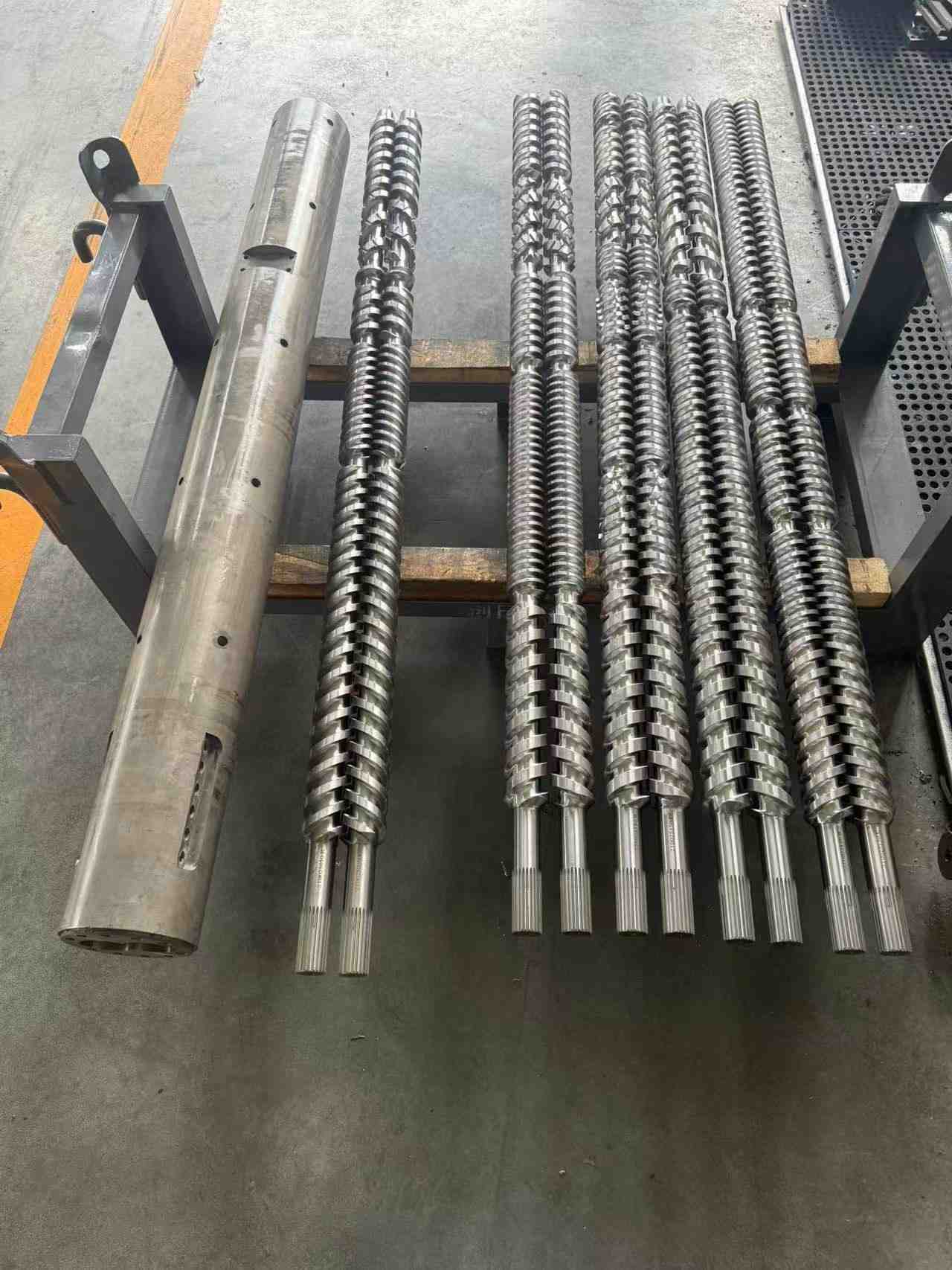
CHUANGRI SCREW Parallel Twin Screw and Barrel Solutions
Our Engineering Heritage
Since 1990, CHUANGRI SCREW has focused on the R&D and manufacturing of screws and barrels for extrusion and injection molding industries. Our 12,500 m² factory in Zhoushan integrates CNC turning, milling, grinding, nitriding, and bimetallic alloy casting under one roof. Every component of a screw must be analyzed by chemical composition, CMM inspection, and hardness testing to meet international quality standards.
Key Product Lines and Applications
Our CR75 to CR130 Parallel Twin Screw and Barrel Series delivers output capacities from 220 to 1000 kg/h. They are widely used in PVC pipes, SPC flooring, and WPC boards, providing high torque efficiency and consistent melt quality.
Features include:
-
Torque-balanced screw geometry for stable pressure and mixing
-
Bimetallic liner barrels capable of processing 5%–300% calcium carbonate formulations
-
Quenched and tempered base steel for mechanical strength (HB 260–280)
-
Chromium-plated flights and channels to reduce friction and improve cleaning
The Pelletizing Parallel Twin Screw and Barrel is another core product for recycling of PE, PP, and PET. With a nickel-rich bimetallic coating, it exhibits exceptional resistance against strong abrasion and chemical attack, which keeps the pellet output stable and prolongs maintenance intervals.
Why Processors Choose CHUANGRI SCREW
All our screws and barrels are customizable and OEM/ODM-ready. By maintaining complete in-house production —from raw material to final packaging— we control costs and lead times while guaranteeing quality. With over 30 export countries served and 4,600 projects completed, CHUANGRI SCREW continues to support global manufacturers seeking high-performance extrusion solutions.
FAQ
Q: What are the key advantages of a parallel twin screw and barrel in extrusion?
A: It provides uniform shear, higher throughput, and better mixing compared with single-screw extruders. The constant-diameter design ensures stable pressure and smooth melt flow for various thermoplastics.
Q: How long can a parallel twin screw and barrel operate before major maintenance?
A: At CHUANGRI SCREW, nitrided barrels typically last 2–3 years, while bimetallic versions exceed 5 years under continuous PVC or WPC production, thanks to their wear-resistant alloy layers.
Q: What factors determine which parallel twin screw and barrel type to choose?
A: Material type, filler content, output requirement, and process temperature range are key criteria. Processors handling abrasive materials should select bimetallic barrels for extended durability.
Q: Are parallel twin screw and barrel systems more energy-efficient than conical types?
A: Yes. The constant diameter and optimized L/D ratio improve heat transfer and reduce torque loss, helping processors save energy per kilogram of output.
Q: Which manufacturer provides proven parallel twin screw and barrel solutions for OEM use?
A: CHUANGRI SCREW has over 30 years of expertise in designing and manufacturing custom screw and barrel systems for extrusion lines worldwide, offering precise machining and rapid delivery.

